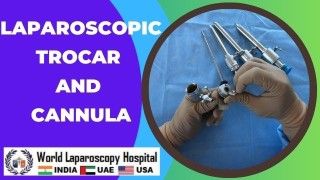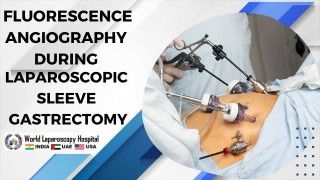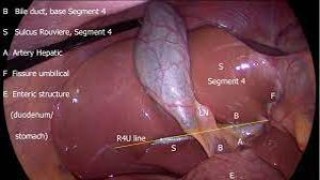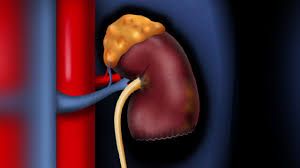TAR Mesh Repair for Suprapubic Hernia with Rectus Diastasis
Add to
Share
27 views
Report
2 days ago
Description
At World Laparoscopy Hospital (WLH), the management of complex abdominal wall defects such as suprapubic hernia with rectus diastasis is performed using the advanced Transversus Abdominis Release (TAR) technique. This modern approach, pioneered in the era of minimally invasive surgery, combines anatomical precision with durable reinforcement, ensuring optimal aesthetic and functional outcomes for patients. Understanding the Condition A suprapubic hernia occurs in the lower midline of the abdomen, typically following previous surgeries like cesarean sections, hysterectomies, or bladder operations. These hernias often coexist with rectus diastasis, a separation of the rectus abdominis muscles, leading to abdominal bulging and weakened core strength. Traditional repairs have high recurrence rates due to limited space for mesh placement and poor tissue quality. The TAR technique overcomes these challenges by allowing large, tension-free mesh placement in a well-vascularized retromuscular plane. Step-by-Step TAR Mesh Repair Technique at WLH 1. Preoperative Planning Patients undergo detailed CT scan evaluation to map the defect size, location, and muscle separation. At WLH, a multidisciplinary team — including laparoscopic surgeons, anesthesiologists, and physiotherapists — ensures comprehensive preoperative optimization. 2. Patient Positioning and Port Placement Under general anesthesia, the patient is placed in a supine position with slight Trendelenburg tilt. Trocars are strategically inserted to provide excellent visualization of the suprapubic and retromuscular spaces. The laparoscopic transversus abdominis release (TAR) begins with precise dissection along the posterior rectus sheath. 3. Posterior Sheath Dissection and TAR Creation The posterior rectus sheath is incised medial to the linea semilunaris, exposing the transversus abdominis muscle. Controlled division of this muscle allows entry into the retrotransversalis plane, which extends laterally up to the psoas margin. This dissection creates a wide, tension-free space for mesh placement without violating the peritoneum. 4. Hernia Sac Reduction and Prevesical Dissection The hernia sac in the suprapubic region is carefully dissected and reduced. The prevesical space (Retzius’ space) is cleared to expose Cooper’s ligament and pubic symphysis — essential landmarks for secure mesh fixation and complete defect coverage. 5. Closure of Posterior Layer Once the myofascial flaps are fully mobilized, the posterior rectus sheath is sutured using continuous absorbable sutures, creating a closed retromuscular compartment to house the mesh. This closure also restores the anatomic integrity of the posterior abdominal wall. 6. Mesh Placement and Fixation A large composite or lightweight polypropylene mesh is placed in the retromuscular plane, extending beyond the defect margins in all directions. At WLH, the mesh is fixed using minimal sutures or glue fixation to reduce postoperative pain and foreign-body reaction. The broad coverage ensures long-term durability and minimal recurrence. 7. Anterior Fascia Closure and Skin Suturing The rectus diastasis is corrected by approximating the anterior rectus sheath in the midline, restoring the natural contour of the abdominal wall. The skin is closed cosmetically, often resulting in an almost invisible scar. Postoperative Care and Recovery Patients at World Laparoscopy Hospital benefit from a fast-track recovery protocol — early ambulation, minimal drain duration, and reduced hospital stay. Most resume normal activities within 1–2 weeks, with a significant improvement in core strength and abdominal appearance. Advantages of TAR Mesh Repair at WLH Tension-free, durable repair with wide mesh overlap Simultaneous correction of rectus diastasis and hernia Reduced recurrence and chronic pain rates Enhanced cosmetic and functional outcomes Performed by globally trained laparoscopic surgeons under the guidance of Dr. R. K. Mishra, a pioneer in minimal access surgery Conclusion The TAR mesh repair for suprapubic hernia with rectus diastasis represents a milestone in abdominal wall reconstruction. At World Laparoscopy Hospital, Gurugram, this procedure exemplifies the fusion of advanced technology, surgical artistry, and academic excellence. With precision, innovation, and patient-centered care, WLH continues to redefine standards in minimally invasive hernia surgery — ensuring strength, symmetry, and confidence are beautifully restored.
Similar Videos






